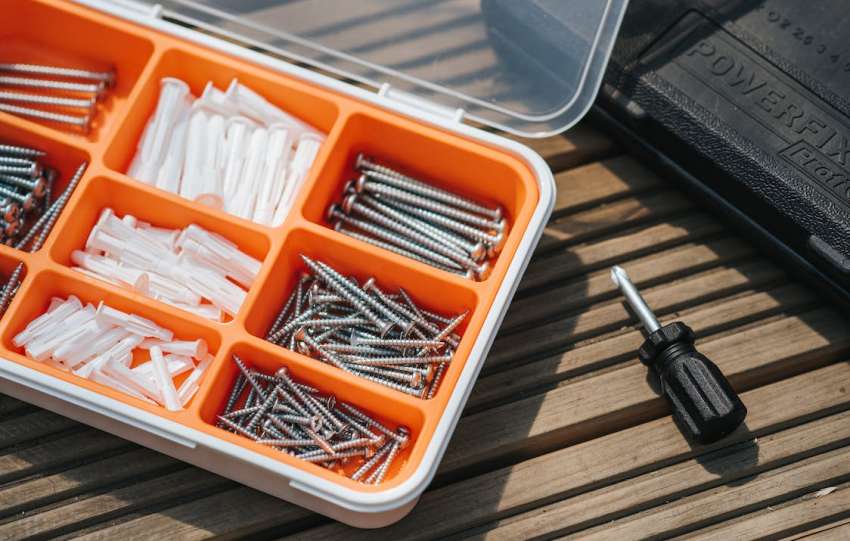Fruit flies are more than just a nuisance in your kitchen; they can be a persistent problem in homes and businesses alike. Understanding what attracts these tiny pests and how to prevent and control them can save you from significant frustration. This article delves into the identification, prevention, and solutions for dealing with fruit flies effectively.
What Are Fruit Flies?
Identification
Fruit flies, scientifically known as Drosophila melanogaster, are small insects typically measuring about 1/8 inch in length. They are easily recognizable by their tan or yellowish-brown bodies and their red eyes. Their size and color make them difficult to spot at times, but their rapid breeding cycle and attraction to fermenting substances make them a common sight in households.
Life Cycle
Fruit flies have a short life cycle, completing it in about 7-10 days under optimal conditions. This rapid reproduction rate means that a small problem can quickly become a major infestation. The lifecycle includes the egg, larva (maggot), pupa, and adult stages. The eggs are laid on fermenting fruits and vegetables, and within a day, the larvae hatch and begin feeding.
Why Are Fruit Flies Attracted to My Home?
Common Attractants
Fruit flies are primarily attracted to overripe or rotting fruits and vegetables. They are also drawn to fermenting liquids like wine, vinegar, and beer. Their ability to detect these substances from a distance means they can invade your home with ease if these attractants are present.
Kitchen Habits
Leaving fruit out in the open or neglecting to clean spills can create an ideal environment for fruit flies. Even small crumbs and residues from sugary foods can provide enough sustenance for these pests to thrive. Proper kitchen hygiene is essential in preventing fruit fly infestations.
How to Prevent Fruit Fly Infestations
Cleanliness is Key
Regularly cleaning your kitchen and food storage areas is the most effective way to prevent fruit fly infestations. Ensure that all fruits and vegetables are stored properly and promptly discard any overripe or decaying produce. Wipe down surfaces and clean spills immediately to eliminate potential attractants.
Proper Waste Management
Ensure that garbage cans are sealed tightly and emptied regularly. Fruit flies are often found in trash bins and compost piles. Keeping these areas clean and covered will help reduce the likelihood of attracting fruit flies to your home.
Solutions for Existing Infestations
DIY Traps
Homemade fruit fly traps can be highly effective. A simple trap can be made using a bowl of apple cider vinegar covered with plastic wrap and small holes poked in it. The vinegar attracts the flies, while the plastic wrap prevents them from escaping.
Professional Pest Control
For severe infestations, seeking professional pest control services may be necessary. Pest control experts can assess the situation, identify the source of the problem, and apply more targeted treatments to eliminate fruit flies from your property.
Conclusion
Fruit flies, though small and seemingly insignificant, can become a significant problem if not managed properly. By understanding their behavior, preventing attractants, and employing effective solutions, you can keep your home free from these bothersome pests. Regular cleanliness and prompt action are your best defenses against fruit fly infestations.


